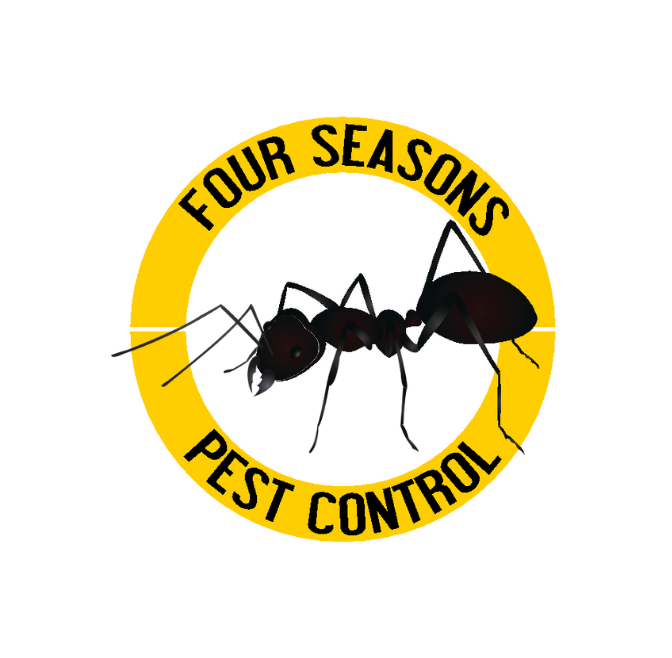Odorous House Ant
The odorous house ant gets their name from the distinct, unpleasant odor they emit when crushed, often described as resembling rotten coconut or the smell of spoiled food.
Despite their name, odorous house ants are not strictly confined to houses and can also be found outdoors in gardens, under rocks, and other natural environments.
Odorous House Ants vs Carpenter Ants
- Appearance: Odorous house ants are small ants, typically measuring about 2.4 to 3.3 mm in length. They have a dark brown to black body and are often identified by the strong, rotten coconut-like odor they emit when crushed. Carpenter ants are larger than odorous house ants, ranging from about 6 to 12 mm in length. They have a segmented body with a narrow waist, elbowed antennae, and typically vary in color from black to reddish-brown.
- Nesting Habits: Odorous house ants prefer to nest indoors in warm, moist areas. Common nesting sites include wall voids, behind baseboards, under floors, and around plumbing fixtures. They can also establish nests outdoors in mulch, leaf litter, or under stones. Carpenter ants prefer to nest in decaying or damp wood, rotting tree stumps, fallen logs, wooden structures like fences, decks, and buildings.
- Diet: Both ants are omnivorous and feed on a variety of foods, including sweets, proteins, and fats. Both will forage indoors and outdoors.
- Damage: While odorous house ants are not known for causing structural damage like carpenter ants, they can become a nuisance when they invade homes in search of food. They can contaminate food supplies and become a persistent annoyance for homeowners.
- Behavior: Odorous house ants are primarily nuisance pests that can contaminate food supplies, while carpenter ants pose a greater risk of causing structural damage to wooden structures.
How to get Rid of Odorous House Ants
- Identify Entry Points: Inspect your home to identify possible entry points where ants gain access. Seal cracks and crevices, gaps, and openings around windows, doors, and utility penetrations to prevent ants from entering.
- Eliminate Food Sources: Keep your kitchen and other areas clean and free of food crumbs, spills, and open containers. Store food in tightly sealed containers, and promptly clean up any spills or crumbs.
- Remove Attractants: These ants are attracted to sugary and greasy substances. Clean up spills, drips, and crumbs from countertops, tables, and floors. Keep pet food dishes clean and remove any spilled food promptly.
- Maintain Outdoor Areas: Trim vegetation away from the perimeter of your home to reduce potential harborage areas for ants. Keep outdoor trash cans clean and tightly sealed to prevent ants from accessing food sources.
- Consider Professional Help: If the infestation persists, you may need to consult a pest control services. We can provide expert advice and treatment options to eliminate ants from your home effectively.
Knowing the species of ant you are dealing with is the first step in knowing the best treatment option. Hiring professionals like Four Seasons Pest Control can ensure long-term ant control and keep your home free from pests.
Contact Us
What Does the Odorous House Ant Look Like?
The odorous house ant is a small ant species, typically measuring about 2.4 to 3.3mm in length.
They are dark brown to black in color, with a shiny appearance. Their bodies are divided into three distinct parts: the head, thorax, and abdomen.
The body of the odorous house ant is relatively smooth and evenly rounded, with no noticeable spikes or spines.
They have short antennae compared to some other ant species.
What are the Signs of Odorous House Ants?
Trails: Odorous house ants forage trails that travel between their nest and a food source. These trails may be visible on surfaces such as countertops, floors, or along baseboards.
Presence of Ants: Seeing individuals or groups of ants indoors. Particularly in areas like the kitchen, pantry, or bathroom.
Nests: Typically nest outdoors in soil, mulch, or under debris, but nests are also known to establish indoors in wall voids, insulation, or other hidden areas.
Food Trails: Attracted to sugary and greasy substances. Finding small piles of food crumbs or spills in the kitchen or pantry area may indicate where ants have been foraging.
Visible Damage: While not known for causing structural damage, they may chew through packaging to access food items.
Swarming Behavior: During certain times of the year, odorous house ants swarm to establish new colonies. Seeing large numbers of winged ants indoors or outdoors may indicate swarming activity.
Do Odorous House Ants Have Wings?
Odorous house ants typically do not have wings. The worker ants are the ones commonly seen foraging for food. The workers are wingless and responsible for tasks such as gathering food, caring for the colony, and tending to the queen and brood.
However, they produce winged reproductive ants during certain times of the year for mating purposes. These winged ants are larger than the worker ants and may be seen during swarming events.
After mating, the males die, while the mated females shed their wings and establish new colonies as queens.
Do Odorous House Ants Cause Damage?
Odorous house ants do not cause structural damage to buildings or homes.
Are Odorous House Ants Dangerous?
The Odorous house ant is not known for its aggressive behavior like fire ant.
However, they may bite if they feel threatened or if they are handled roughly. These bites are usually mild and rarely cause significant harm to humans. A bite may result in minor discomfort, such as a slight pinch or irritation.
